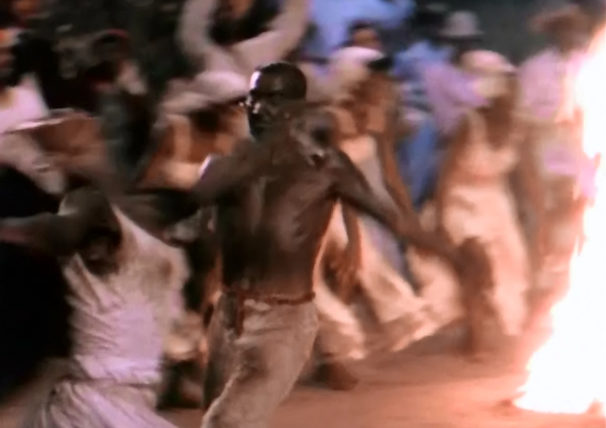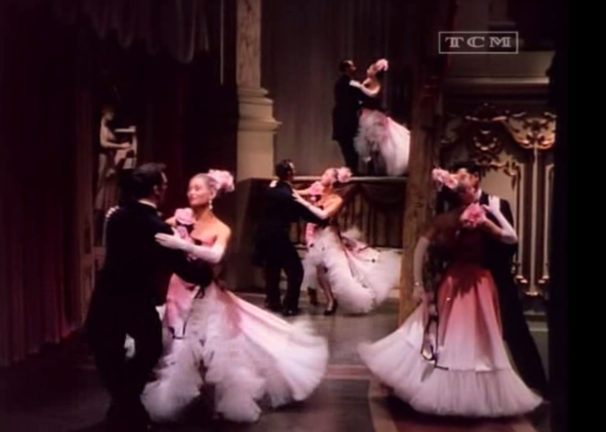
In the summer and fall of 1951, the dance maker Jack Cole undertook two major new choreographies, one each at the two leading film studios of the era. He staged and danced the lead role in a voodoo ceremonial-rite for Lydia Bailey, at Twentieth Century Fox, and choreographed a sumptuous ‘grand valse’ for The Merry Widow at MGM. Both movies were released in 1952, the year in which Cole tackled The I Don’t Care Girl and Gentlemen Prefer Blondes. He was busy. In the diversity of his assignments, he was living his dream.
Since we are in a hurtful era of renewed racial tension, it’s of interest to see how a white dance artist approached the staging a Black dance number in a mainstream Hollywood film. He approached it head on! Cole’s voodoo-rite arose from his habitual scholarly research as well as a research trip to Haiti. Cole was then working (in close collaboration) for the film industry’s most progressive “A’ picture producer, Darryl Zanuck. Zanuck, who was very ‘hands-on,’ would have been on board with Cole’s decisions. This is a relationship between two forces in American cinema history that bears study. I’m saying that to myself, as I am in the midst of writing Jack Cole’s biography.
Cole did not have a leading man of the caliber he needed to partner Carmen de Lavallade in this number. Even Alvin Ailey, who was slated to be a male chorine, was not sufficiently trained at that stage to dance the role. (Ailey, stricken ill, called in sick on shooting day and does not appear in the number.) The choreographer instead applied Max Factor body paint and stepped in to make the magic happen, partnering De Lavallade. Jack Cole regularly embodied the ethnic-dance roles that he performed — whether Indian, Japanese, or South American dance. He was crossing over, via a deep dance dig, into an “other” culture in an authentic way. Would that more white artists had the courage to do the same; and it has nothing to do with ‘blackface,’ which perpetuates, whether innocently (most would say ‘ignorantly’) or maliciously, a degrading racial stereotype. By contrast, Cole was doing what a performing artist does; he was playing a role. And he was elevating a dance form that many in his era viewed as primitive and unworthy of staging. He did so respectfully, but also voraciously, swinging a faux dead chicken as he danced! And he did this under the crediting radar. There is nothing to be offended by here. Rather, in my opinion, Jack Cole is to be admired.

Nearly simultaneous to the creation of the voodoo number, came Cole’s other group work, a grand valse to the eponymous music by Franz Lehar, for The Merry Widow (MGM 1952). Cole did not dance in this number, not that we know of. He was too busy herding the waltzing cats!

An admirable ‘world-dance’ journey between Mittel Europe and the Caribbean!
